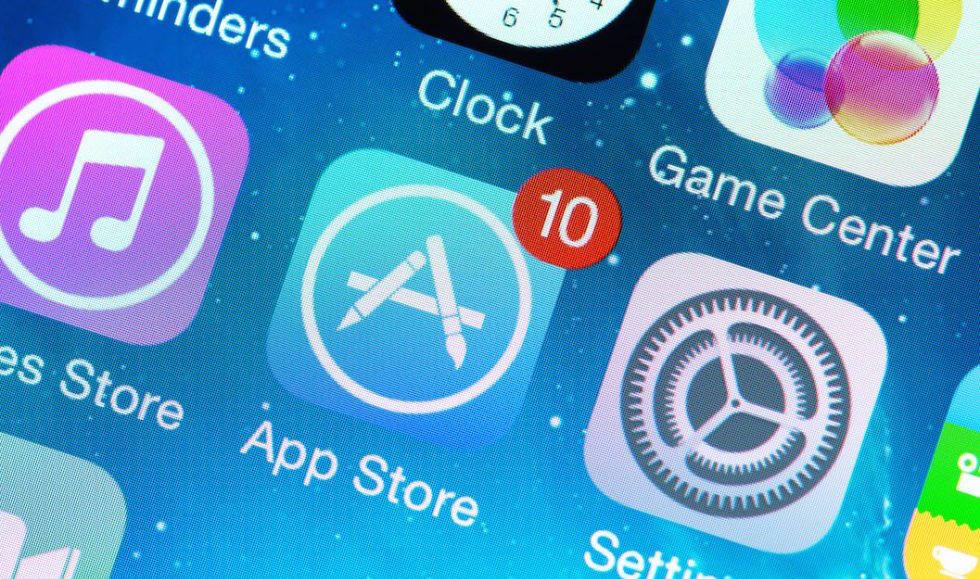Apple’s App Store Strategy: Quality over Quantity

Apple’s high quality app marketplace effectively creates and captures value for themselves, developers, and users alike.
Creating Value by Ensuring a High Quality Store
When Apple first launched their App Store, Steve Jobs didn’t intend for it to be a marketplace open to third party developers. “He didn’t want outsiders to create applications for the iPhone that could mess it up, infect it with viruses, or pollute its integrity.” [1] However, since opening it up, it has become one of Apple’s top performing products and a strong reinforce of the sales of their hardware products – particularly the iPhone and the iPad.
To mitigate the aforementioned risks of opening up the ecosystem, Apple’s App Store implemented a rigorous review process of all app builds, that often took weeks for developers to be approved. In recent years, they have shortened this timing to just a few days, but they maintain a strict review system that makes sure only certain apps are published within the store. They give feedback and demand a certain threshold to be met before an app is allowed to be there. This has fostered an aspirational element for developers who create iOS apps, encouraging them to go above and beyond to be conscious of the apps they submit so they don’t have to take the time entailed it re-submitting a rejected build. They are incentivized to create more engaging apps that are in line with the feedback from the reviewer at Apple. As a direct result of this process, there is deep trust from users who are assured that Apple won’t allow apps that are harmful or particularly low quality to be offered in the store.
Since opening its doors to third parties, the App Store has seen wild growth and successfully maintained their reputation for providing a great user experience. Building on the relationship built in the review process, Apple has also put out developer tools (such as TestFlight and App Analytics [2]) to help developers create better products, and ones that are more consistent with Apple’s design style. Before a new iOS release, they work with the most popular app developers so that they have apps that are compatible with the new system upon release, and they have managers who focus on maintaining relationships with said large app developers. They also hold the Worldwide Developer Conference (or “WWDC) to maintain their relationships with developers, giving a personal touch to the app development process. There are seminars and one on one coaching sessions to help developers work on making their apps higher quality.
Capturing Value
Because the device attracts a higher paying customer, developers are willing to accept Apple’s initially perceived as high royalty payments of 30%. This has now become the industry standard, and because of the ubiquity of users of the hardware and therefore the marketplace, developers are willing to pay this price. While the App Store may not seem like a high value marketplace since most people tend to download almost only free apps, Apple has benefited from the consistent growth of in-app purchases [3]. In this sense the App Store has also done a really nice job of aligning incentives for the developers and themselves – they want to create a more user-friendly experience so that more people purchase from within their apps and then Apple gets to reap 30% of the benefits. Additionally, it’s interesting to note that while Android users are more common in the world, companies will often build iOS apps first when given the decision between building iOS or Android first because Apple’s customer base is more affluent and more likely to spend on apps.
This Year’s Redesign: Its Impact & Future
Apple is moving towards a more editorial view of the App Store [4]. They’ve hired an editorial team to give more of a voice and behind the scenes picture of what goes into making the apps. While it is more curated, and gives the opportunity to showcase them, will it drive more sales? Putting a larger focus on a few apps may be a good way to further foster those relationships with developers, but I’m unsure it will largely benefit the user. There are fewer apps shown to the user at a time, so it optimizes for depth rather than breadth of the apps that the App Store has to offer. I’m not sure that this level of depth with encourage downloads. I also worry about smaller developers – will this help popular apps continue to gain popularity and smaller apps suffer more? Also is there a threshold for how many apps any person wants to use or explore? Is the future of apps something like WeChat where all of your apps are really within one space instead of across so many different experiences?
[1] Dredge, Stuart. “Steve Jobs resisted third-Party apps on iPhone, biography reveals.” The Guardian, Guardian News and Media, 24 Oct. 2011, www.theguardian.com/technology/appsblog/2011/oct/24/steve-jobs-apps-iphone.
[2] Inc., Apple. “From Code to Customer.” Apple Developer Program – Apple Developer, developer.apple.com/programs/.
[3] “In-App purchase revenues worldwide 2015-2020 | Statistic.” Statista, www.statista.com/statistics/220186/total-global-in-app-revenue-forecast/.
[4] Inc., Apple. “The All-New App Store.” The All-New App Store – Apple Developer, developer.apple.com/app-store/whats-new/.






I wonder at what stage Apple will have to sacrifice some of the ‘quality’ for quantity. Its US iPhone sales have begone to flat-line, and they are unlikely to see much growth in the Western World (in terms of ecosystem membership, not handset refresh). So as they aggressively target Eastern and Developing economies, will the have a suite of apps that meets the needs of these very different consumers?
Anton brings up a good point. Up until now, Apple has seemed content to take a smaller and smaller piece of the user pie, because that piece was so lucrative. But at what point will their growth needs force them to start to lower their standards?
Really interesting post – the app store is another example of Apple’s brilliance. They turn everything into a cash machine, all the while maintaining the elegance and prestige of the brand. I wonder if the move to curate more in depth app coverage on the app store is an intentional play to continue making the developer ecosystem more selective and prestigious, but you’re right, it could discourage participation.